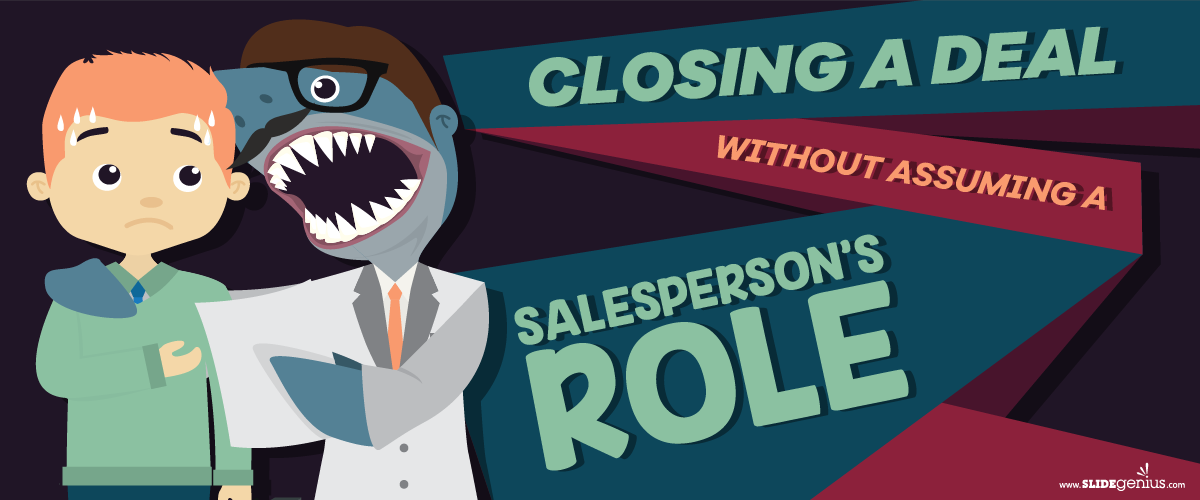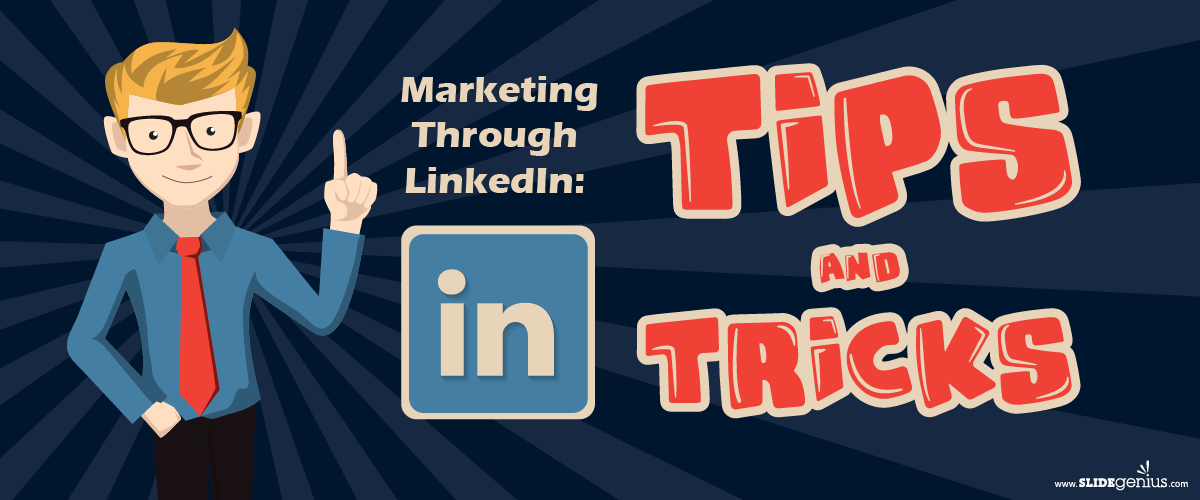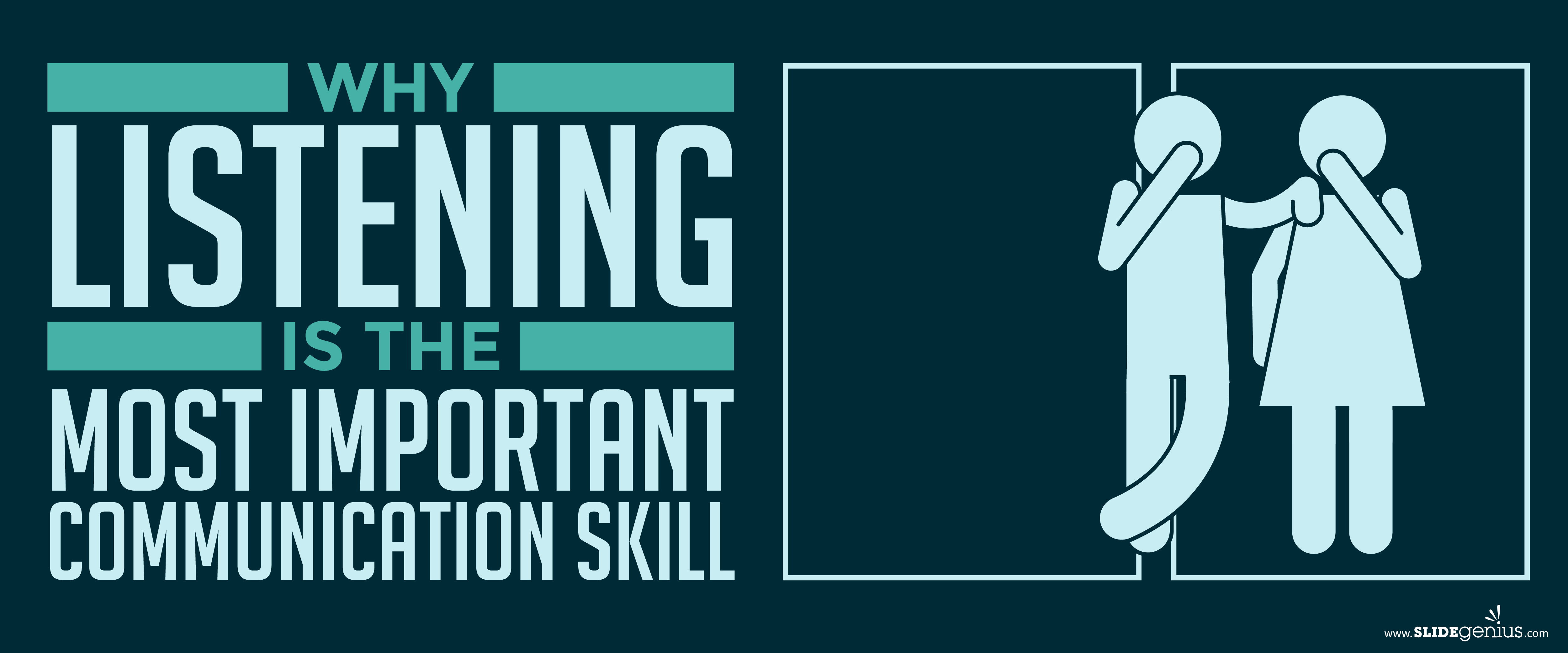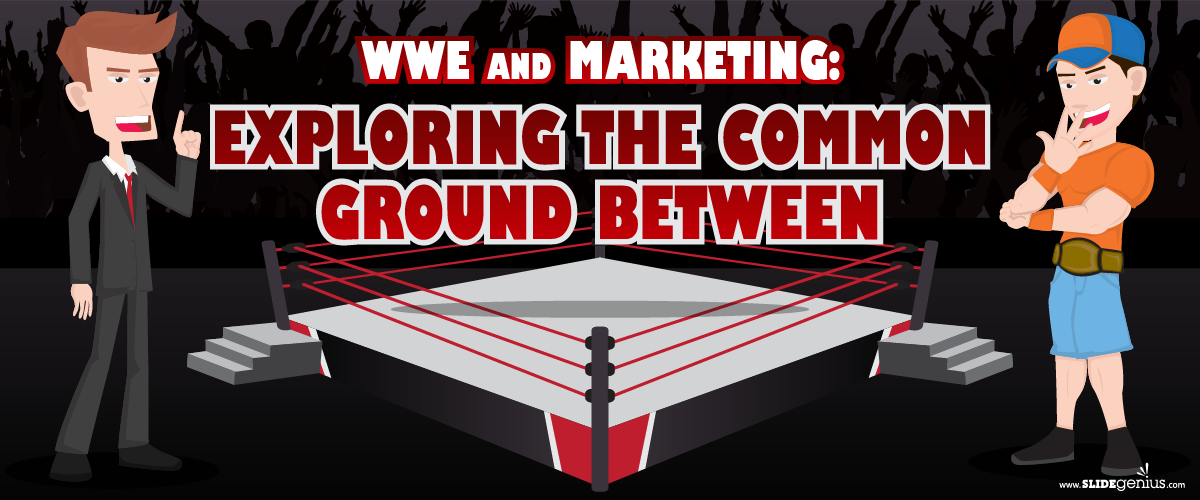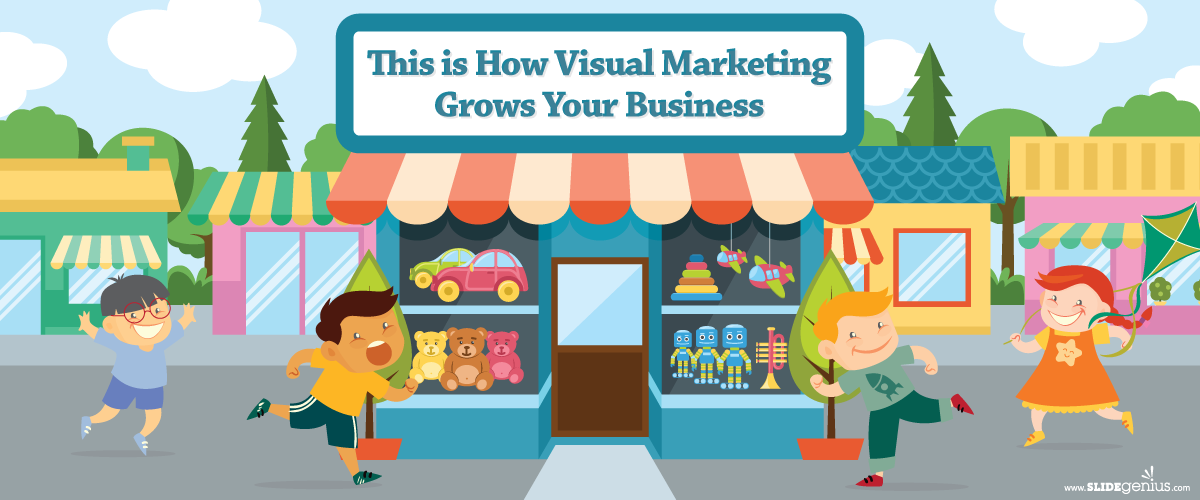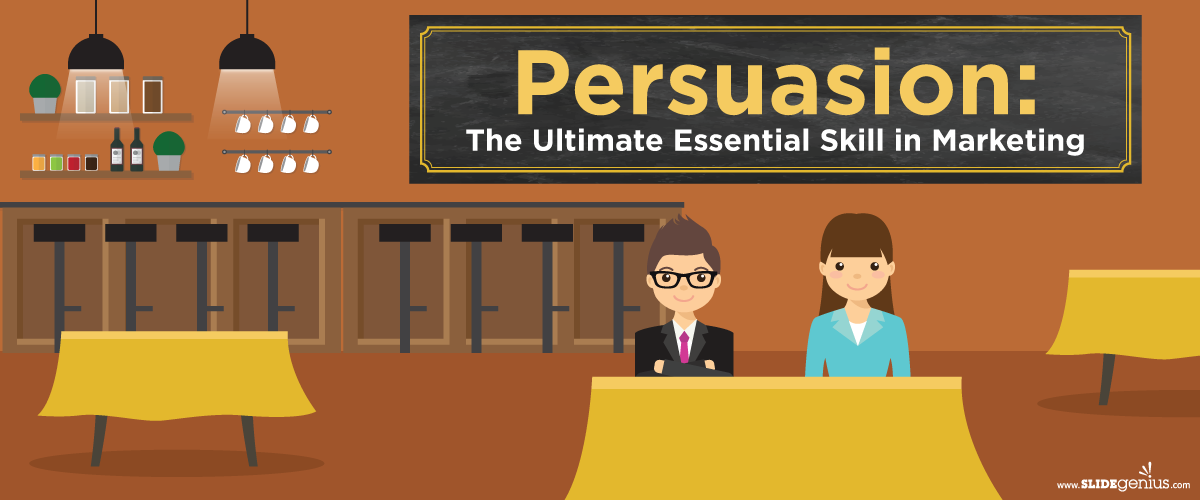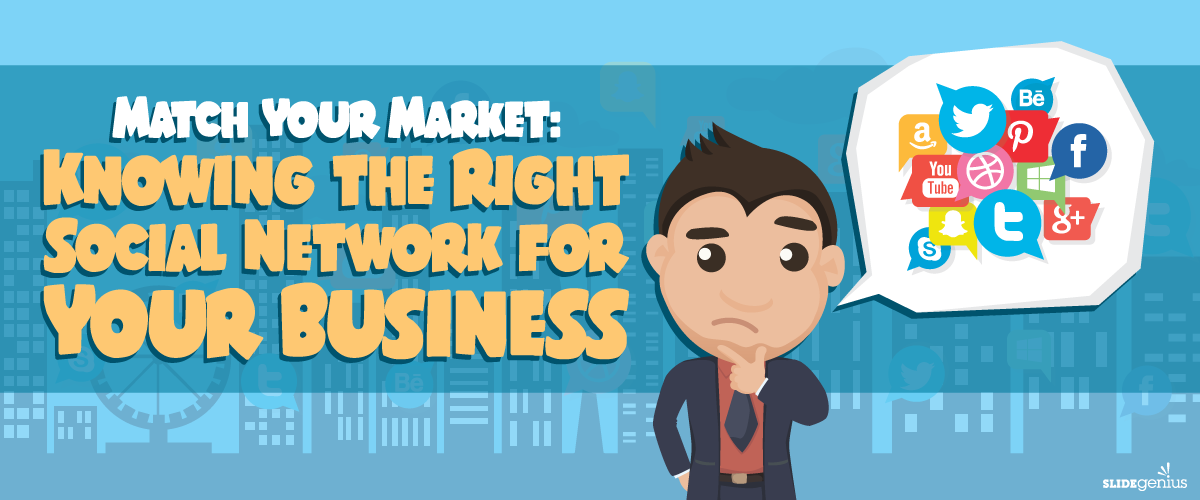
Marketing is about analyzing and applying data to provide consumers with the products they want.
Advancements in technology and computer science have been providing marketers newfound access to incredible amounts of data to capitalize on. However, it emphasizes the need for marketers to effectively visualize their data to better express their messages.
For most people, raw data can be overwhelming and unappealing to look at. Not everyone is a data wiz, after all.
Visualized data amplifies key pieces of information and communicates clearer messages, saving both time and brainpower.
When there’s just too much data for any ordinary person to handle, visualizing it can make things easier to swallow. People need to understand what they are seeing for them to start acting on it. In this article, we will break down the best practices when visualizing your data.

Tell a Story
You must be thoughtful in your use of data. Look at each bit of information as if they were carefully placed pieces in the overall narrative of your presentation.
Having too much information risks muddying your desired message. This is a common issue that many marketers fall into.
Having a concrete narrative structure to your presentation helps audiences follow the flow of information. Visuals, especially when used to extrapolate large chunks of data, greatly improve the audience’s ability to internalize what is being conveyed in front of them.
Adjust for Your Audience
As you craft your presentation, consider to whom you’ll be talking. Potential consumers or C-level investment partners? Or maybe it’s just your internal marketing team? Whoever it may be, each of these groups have their own sets of expectations and level of understanding.
The average Joe has no immediate concern about current spending trends in the market. He wants to know how a product can significantly improve aspects of his daily life. The data you provide must match accordingly with the type of people you will be talking to.

Design for Comprehension
The beauty of graphic design is that it can make big data more digestible. However, there’s no “one size fits all” when it comes to effective visual design. Charts are a good example for presenting data, but it’s important to know about the various types and their best uses.
- Bar – for comparing discrete examples
- Line – for continuous data sets
- Pie – for illustrating pieces of a whole
Here are some tips for making more effective designs:
- Label everything featured on the chart. Audiences must know what all the pieces are before they can understand the whole. Someone who needs to clarify what data set is being talked about will always put a halt on your presentation.
- Use colors to create cohesion in your design. Contrasting colors will make elements stand out, thus helping audiences pinpoint the specific information they’re looking for. Be wary of the associated meanings behind certain colors (e.g. red as a signifier for danger), depending on your intended message.
Create Greater Context
It’s good to assume that your presentation can (and will) be passed along to others without the benefit of accompanying verbal narrative. Having this in mind means that it rests heavily on the visuals to communicate as much information as possible in a manner that can be understood on its own. It’s important to create designs with enough context so the impact of your message can be felt with or without verbal support.
For example, let’s say you are charting marketing-qualified leads (MQL’s) over time. Plot that against other variables which may drive fluctuations in MQL’s, like website traffic, paid investment or frequency of events. This might help you determine whether overall web traffic is irrelevant, but paid investments are critical.
Don’t Mislead Your Audience
Be consistent with how you present data. Once you start using graphs that show zero as the baseline, then all graphs that follow should be uniform to that standard. Don’t change your scale unless it’s pertinent to the data set, and then call it out. While it can be tempting to make that 3% increase look like 50%, it can come off as deceitful.
If you (or your team) is pulling data from tools like Google Analytics or Hubspot, be sure you fully grasp the details of your data points (e.g. what’s included in the site conversion rate, how you’re categorizing a new user, what is the criteria for SQL versus MQL.) Having a better understanding of data will ultimately lead to better designs.

SlideGenius is Your Presentation Expert
Need help visualizing data?
We are the world’s premier PowerPoint presentation design agency. With over one million slides for +3,000 global clients under our belt, we’ve amassed a wealth of experience about creating winning presentations.
Our team of presentation designers, writers and animators collaborate diligently to ensure every presentation is a successful sales tool. Let us help you inject new life into your presentations and raise your business towards new heights. Contact us today!
